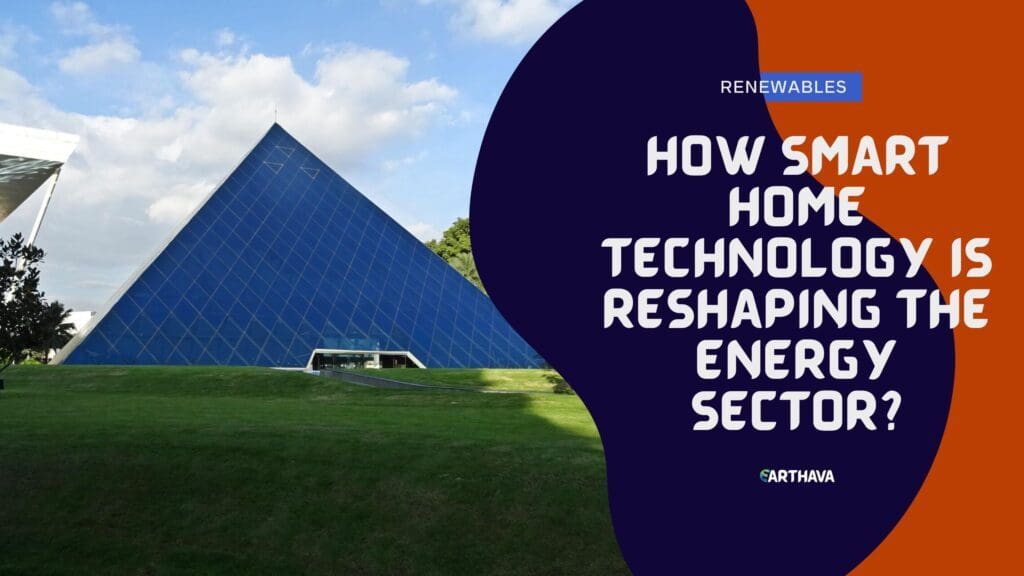While many consumers view smart home tech as a recent innovation, it’s just the latest development in a long line of home-oriented breakthroughs. Inventions like dishwashers and microwaves brought increased automation to the home, while the dawn of the internet introduced brand-new networking infrastructure and interconnected functionality.

Smart home technology is a trend that’s been developing and fermenting for decades, and it isn’t showing any signs of slowing. Not only does it have the obvious effect of increased functionality in and around the average home, but it’s also having a significant impact on the energy industry.
Solar Power
Solar panels are among the most common features in smart and sustainable homes of today. Although they’re more prevalent in certain regions, they offer a viable solution for homeowners and businesses alike.
While new solar panels as a result of their solar panel installations, they’re not for everybody. It’s important to review your current electricity bill and contrast it against both the upfront costs and the long-term expenses of a new solar panel project before committing to the installation.
According to recent estimates, homeowners in most states will experience significant returns on their investments within 20 years. Some will save upwards of $10,000 during this timeframe.
Controlling Energy Consumption
Today’s smart home also gives the homeowner greater control over their day-to-day energy consumption. Some of the most popular devices include:
- Smart thermostats automatically adjust the home’s climate according to the time of day, regional electrical usage, outdoor weather conditions, and many other factors.
- Intelligent ovens that use next-gen thermal engineering and advanced automation to reduce both overall energy consumption and the amount of time it takes to prepare dinner.
- Smart lighting instantly turns on when someone enters the room and off when they exit. These systems usually feature scheduling and automation for even greater efficiency and long-term sustainability.
- Water-saving showerheads also track the total amount of water used and other important metrics that help you reduce your bills further.
Although the above list is not exhaustive, it highlights some of the most common devices and gadgets in today’s smart homes. Many of these devices also transfer to modern businesses.
Benefits to Big Business
While consumers account for much of the momentum behind renewable and sustainable energy, businesses stand to benefit too. According to the latest studies, companies, and enterprises that embrace these trends often reduce employee fatigue and improve productivity. They also tend to attract a younger workforce that’s already environmentally conscious and conservative.
Some businesses use their sustainability efforts in marketing and revenue initiatives. It never hurts to draw attention to such efforts — and it often results in increased public interest and higher profitability in the end. Other companies sell back their excess energy reserves to their local service providers as a way of minimizing their overhead costs and maximizing profits on a long-term basis.
Renewable Energy vs. Fossil Fuels vs. Nuclear Power
According to Stanford University’s civil and environmental engineering professor, Mark Jacobson, “Every dollar spent on nuclear is one less dollar spent on clean renewable energy and one more dollar spent on making the world a comparatively dirtier and more dangerous place.”
While experts generally agree that nuclear does provide some benefits, it’s not sustainable on the level of natural sources like the sun, the wind, and the oceans — and we still have to end our reliance on fossil fuels like coal, petroleum, and natural gas. It’s an uphill battle, but one that is progressing in our favor.


